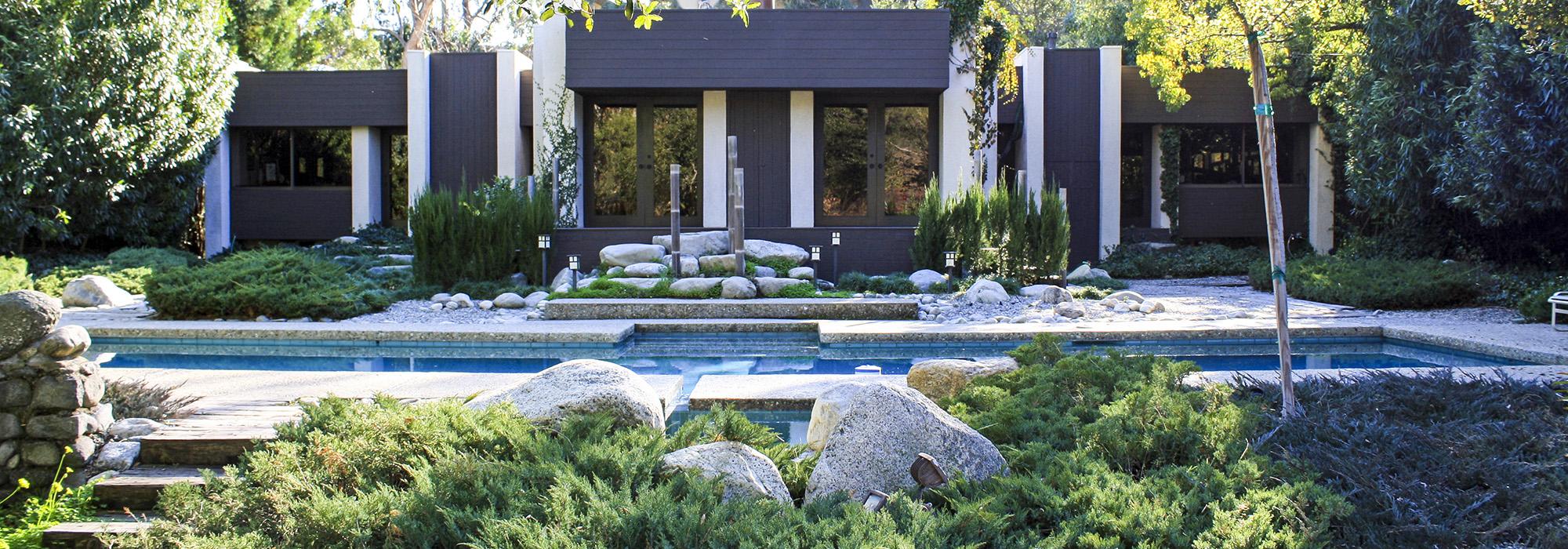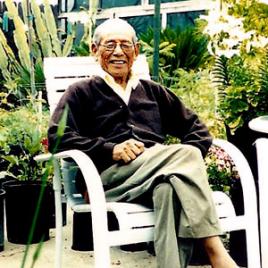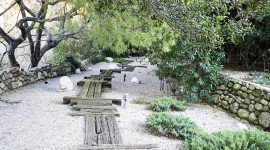Pioneer Information
Born in La Habra, California, Oshiyama, a first-generation Japanese American, spent his early years working in farming with his father. Following World War II, he took up residence in Pasadena and, in 1951, began work as a gardener. Seeking to expand his business, he took extension courses in landscaping at the University of California, Los Angeles and obtained his landscape contractor’s license in 1958.
During the course of his 45-year career, Oshiyama planned and installed a wide variety of public and private landscapes in the greater Los Angeles area. A practicing Zen Buddhist, his landscapes were influenced by Buddhist philosophy and ancient principles of Japanese garden design. He collaborated with the architectural firm Buff & Hensman for over forty years, a partnership that would produce some of his most significant works. He designed landscapes for the firm’s residential projects in Pasadena, often maintaining the gardens for years after their installation, making sensitive alterations to the evolving landscapes. Notable projects with the firm include two personal residences for architect Conrad Buff as well as the Norton and King Residences.





